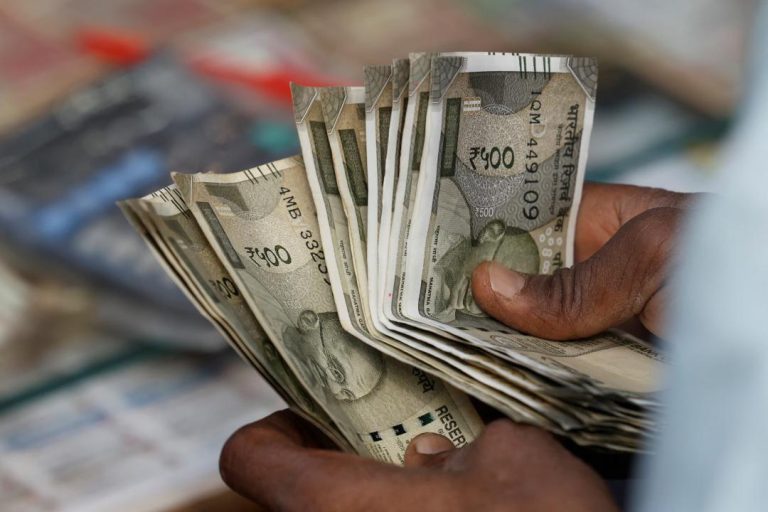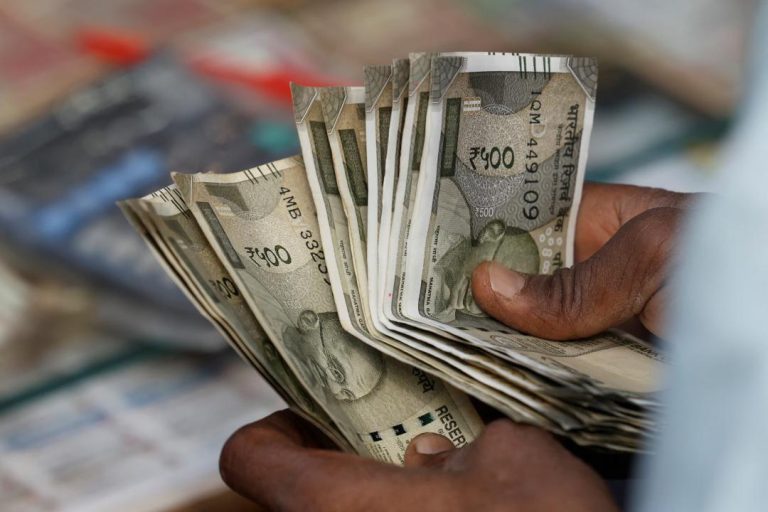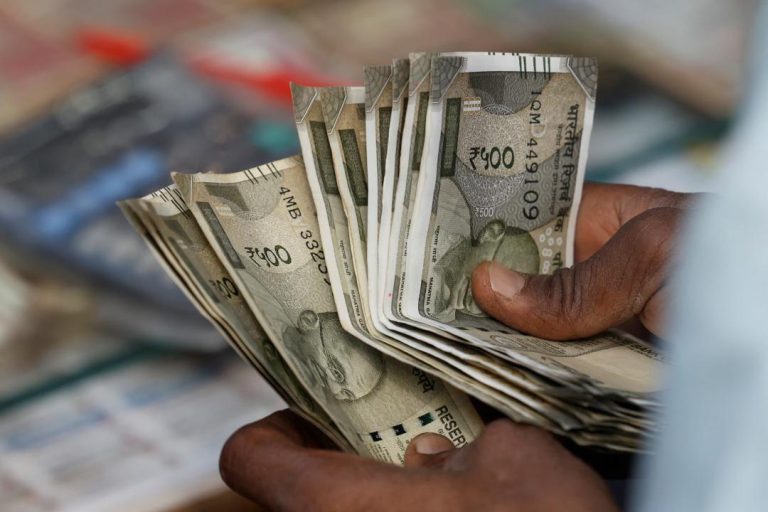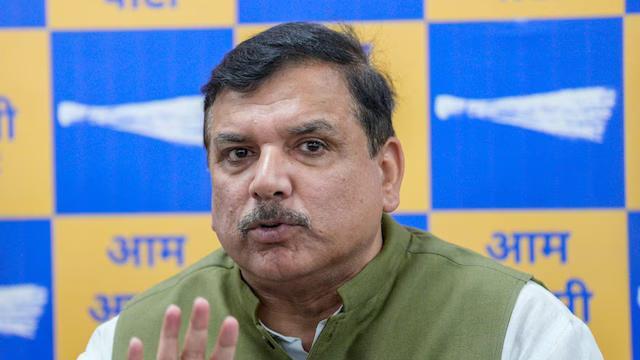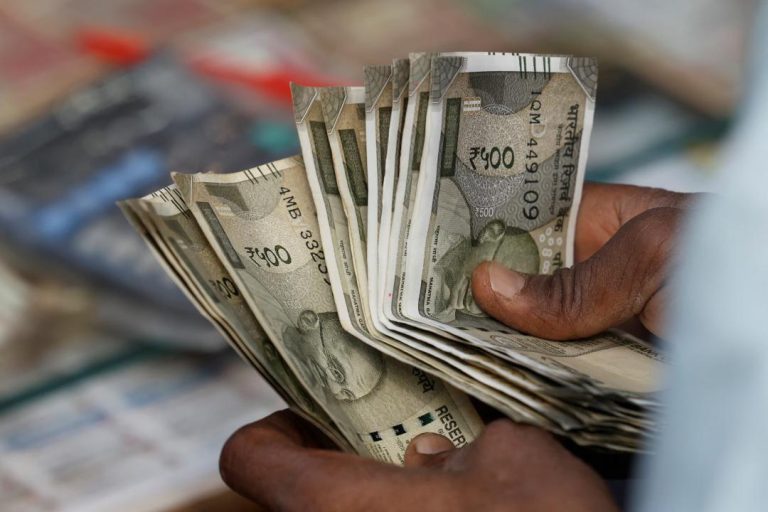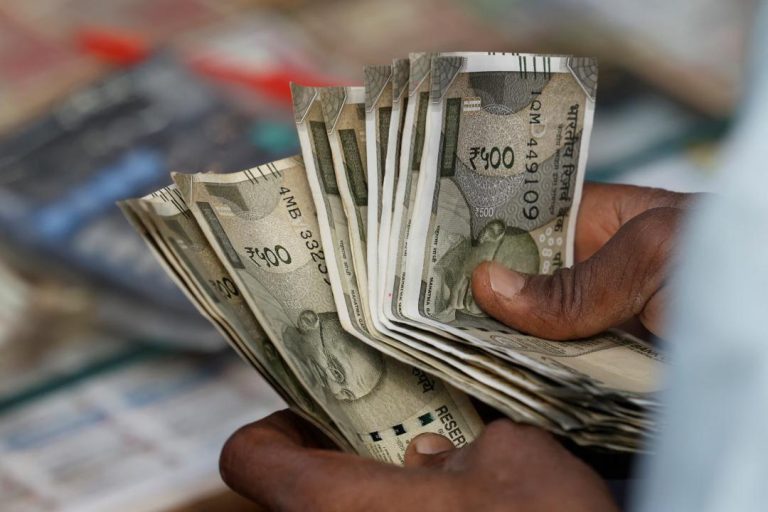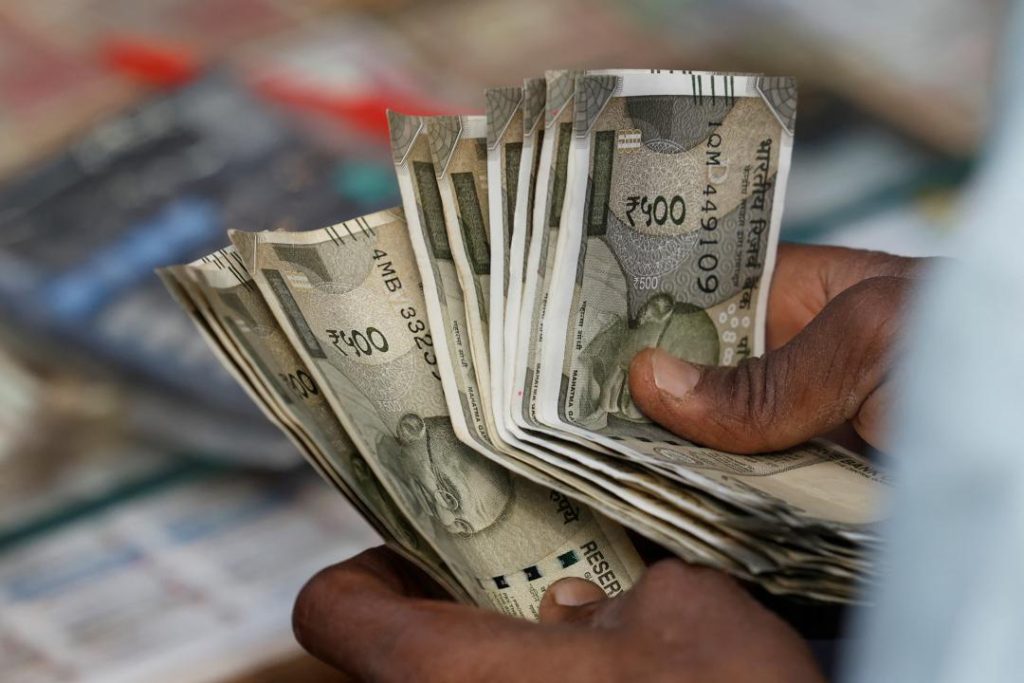
What Got Cheaper & Costlier in March as CPI Falls to 67-Month-Low of 3.34%?
India’s retail inflation, as measured by the Consumer Price Index (CPI), has fallen to a 67-month-low of 3.34% in March, according to data released by the Ministry of Statistics and Programme Implementation. This significant decline is likely to come as a relief to consumers, who have been grappling with rising prices for quite some time now.
As the CPI fell, prices of certain essential commodities saw a considerable decline, while others remained steady or saw a marginal increase. In this blog post, we will delve into the details of what got cheaper and costlier in March, and what this means for the Indian economy.
Declining Prices:
Prices of eggs, vegetables, and pulses saw a significant decline in March. According to data, the prices of eggs fell by 4.2%, vegetables by 3.4%, and pulses by 2.9%. This is likely due to a good harvest season, which has led to an increase in supply and a subsequent decrease in prices.
Spices, meat, fish, housing, recreation, and amusement also saw prices drop marginally. The prices of spices fell by 1.3%, meat and fish by 0.5%, and housing by 0.4%. Recreation and amusement expenses, including entertainment and travel, saw a decline of 0.3%.
Stable Prices:
Fruit prices, on the other hand, saw a significant jump, rising by 3.4%. However, this increase is likely due to seasonal fluctuations and may not have a long-term impact on the overall inflation trend.
Other commodities, including cereals, milk, oil, sugar, confectionery, clothing, snacks, sweets, pan, tobacco, footwear, fuel, health, and education saw only marginal rises. The prices of cereals rose by 0.2%, milk by 0.1%, oil by 0.1%, and sugar by 0.2%.
What Does This Mean for the Indian Economy?
The decline in CPI to a 67-month-low of 3.34% is likely to have a positive impact on the Indian economy. Firstly, it will provide relief to consumers, who will see a decrease in their daily expenses. This, in turn, may lead to an increase in consumer spending, which can boost economic growth.
Secondly, the decline in prices of essential commodities such as eggs, vegetables, and pulses will benefit the rural population, who are more dependent on these commodities. This can lead to an increase in the purchasing power of rural consumers, which can have a multiplier effect on the economy.
Thirdly, the decrease in inflation will also make it easier for the Reserve Bank of India (RBI) to keep interest rates low. This can lead to an increase in credit availability, which can further boost economic growth.
Conclusion:
The decline in CPI to a 67-month-low of 3.34% is a welcome development for the Indian economy. While prices of certain essential commodities saw a significant decline, others remained steady or saw a marginal increase. The decline in inflation is likely to provide relief to consumers, boost economic growth, and make it easier for the RBI to keep interest rates low.
As the Indian economy continues to navigate the challenges posed by the COVID-19 pandemic, a decline in inflation can be a significant tailwind. It is essential for policymakers to continue to monitor the inflation trend and take measures to ensure that it remains within a sustainable range.
Source:
